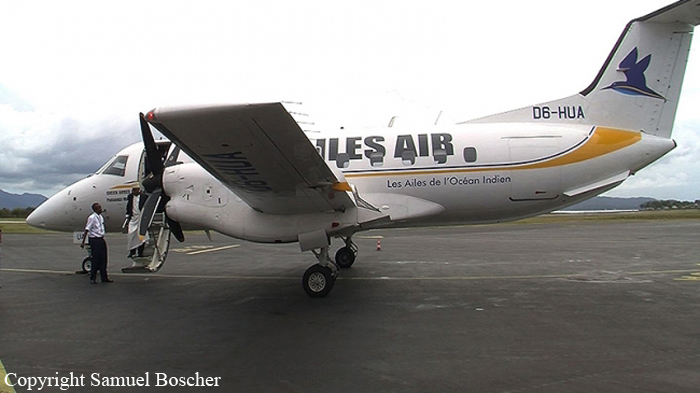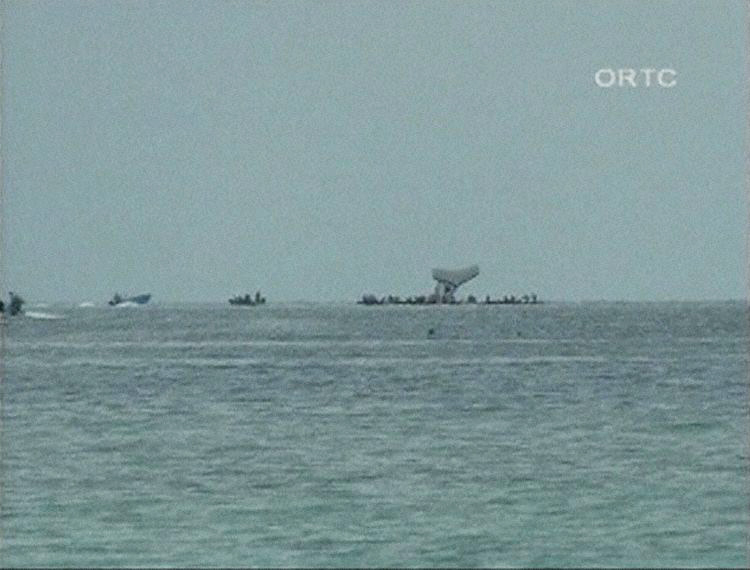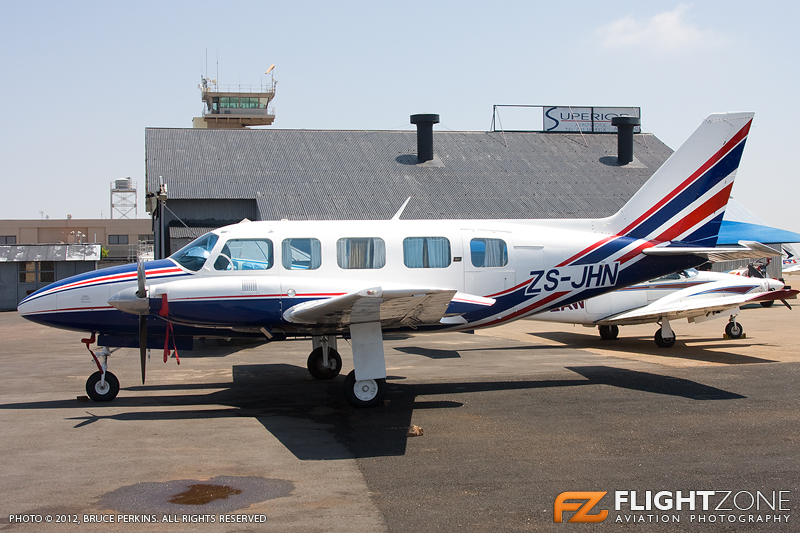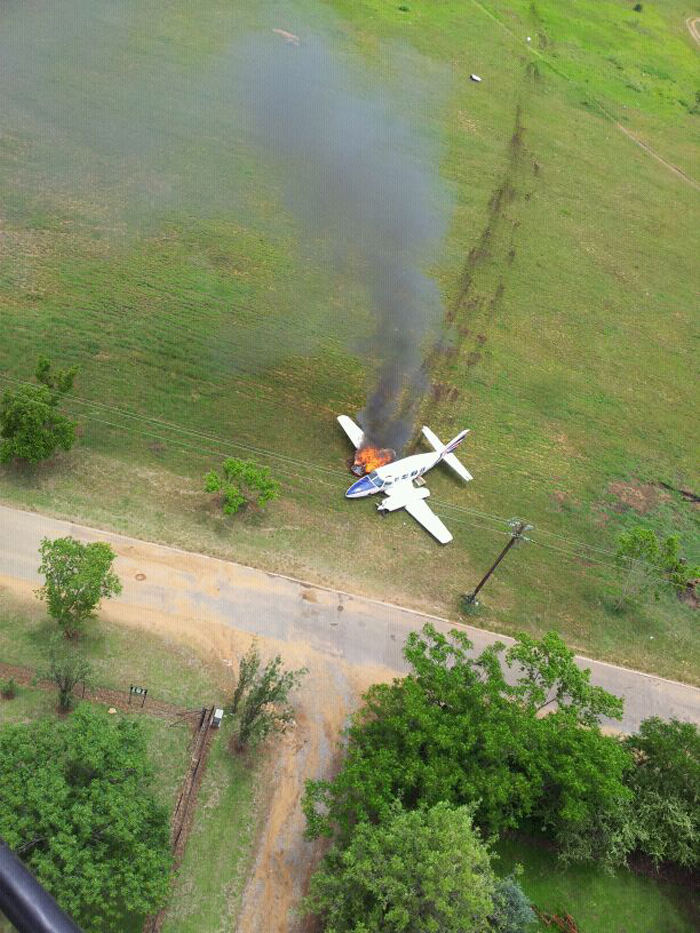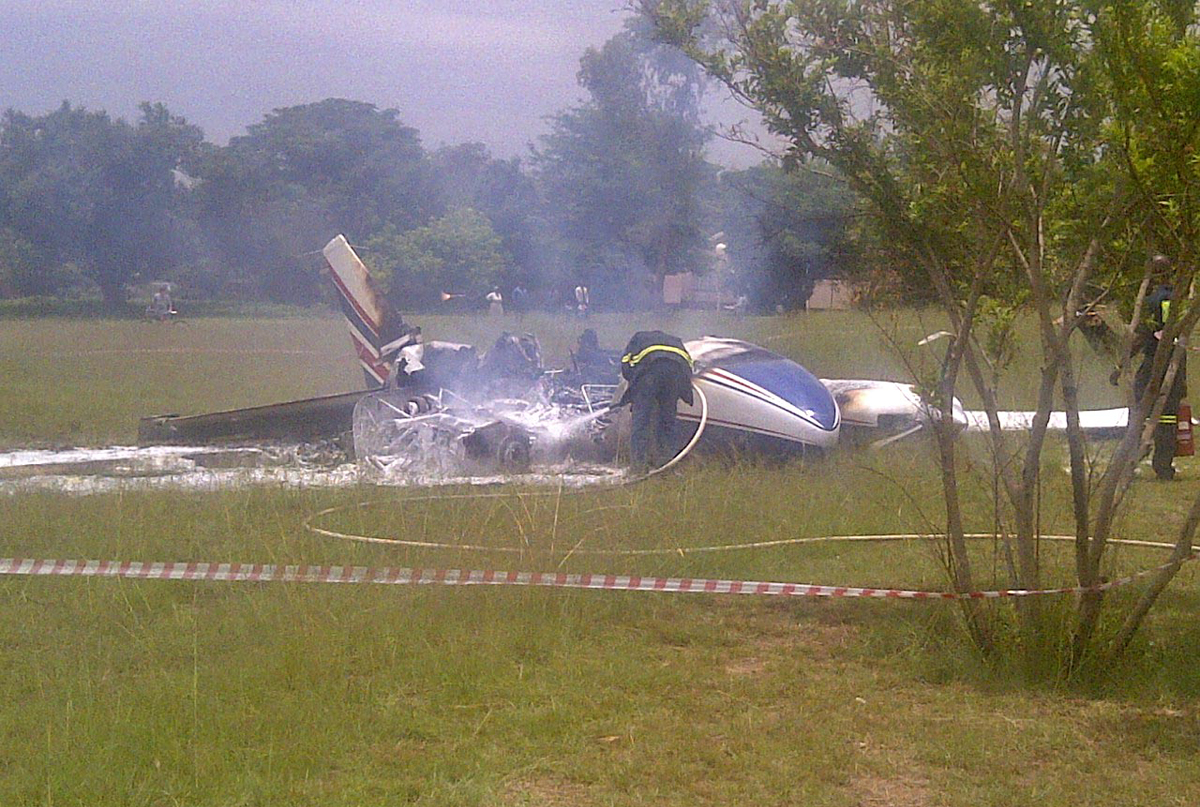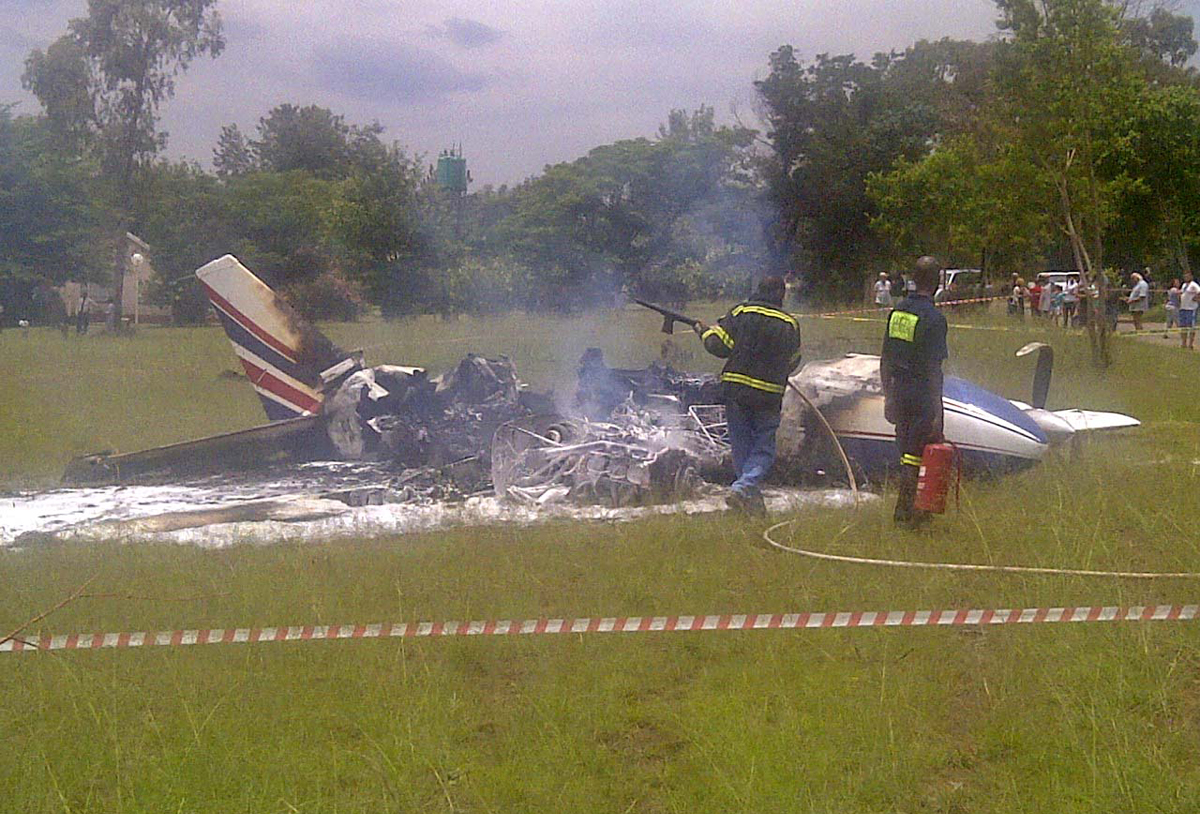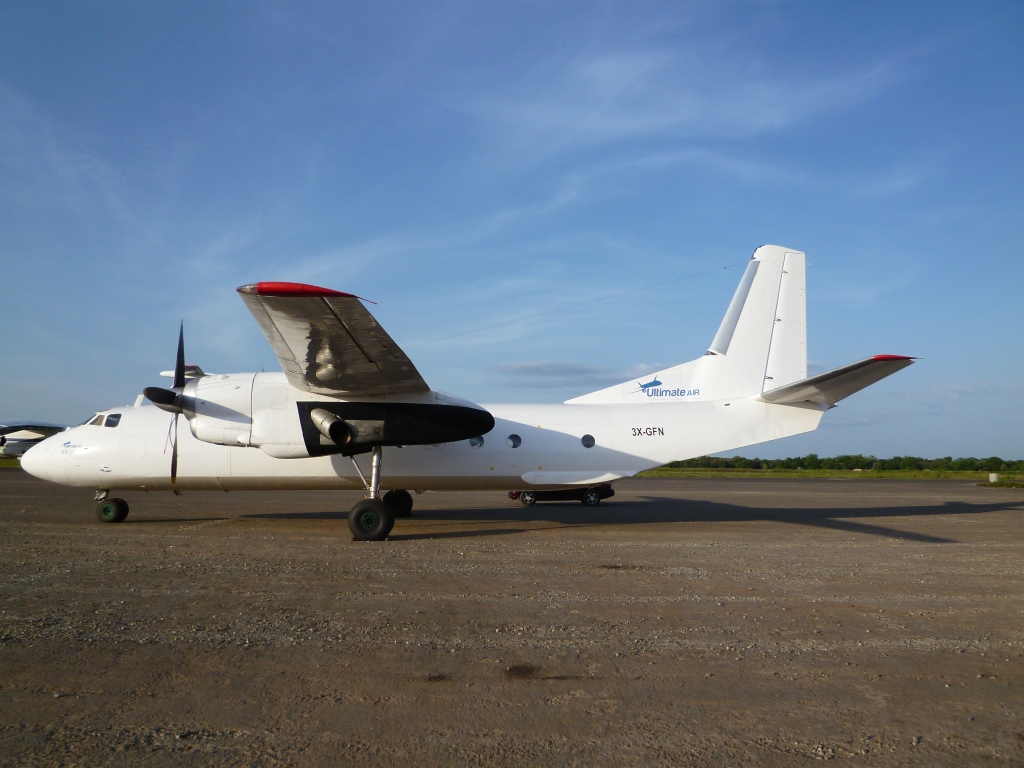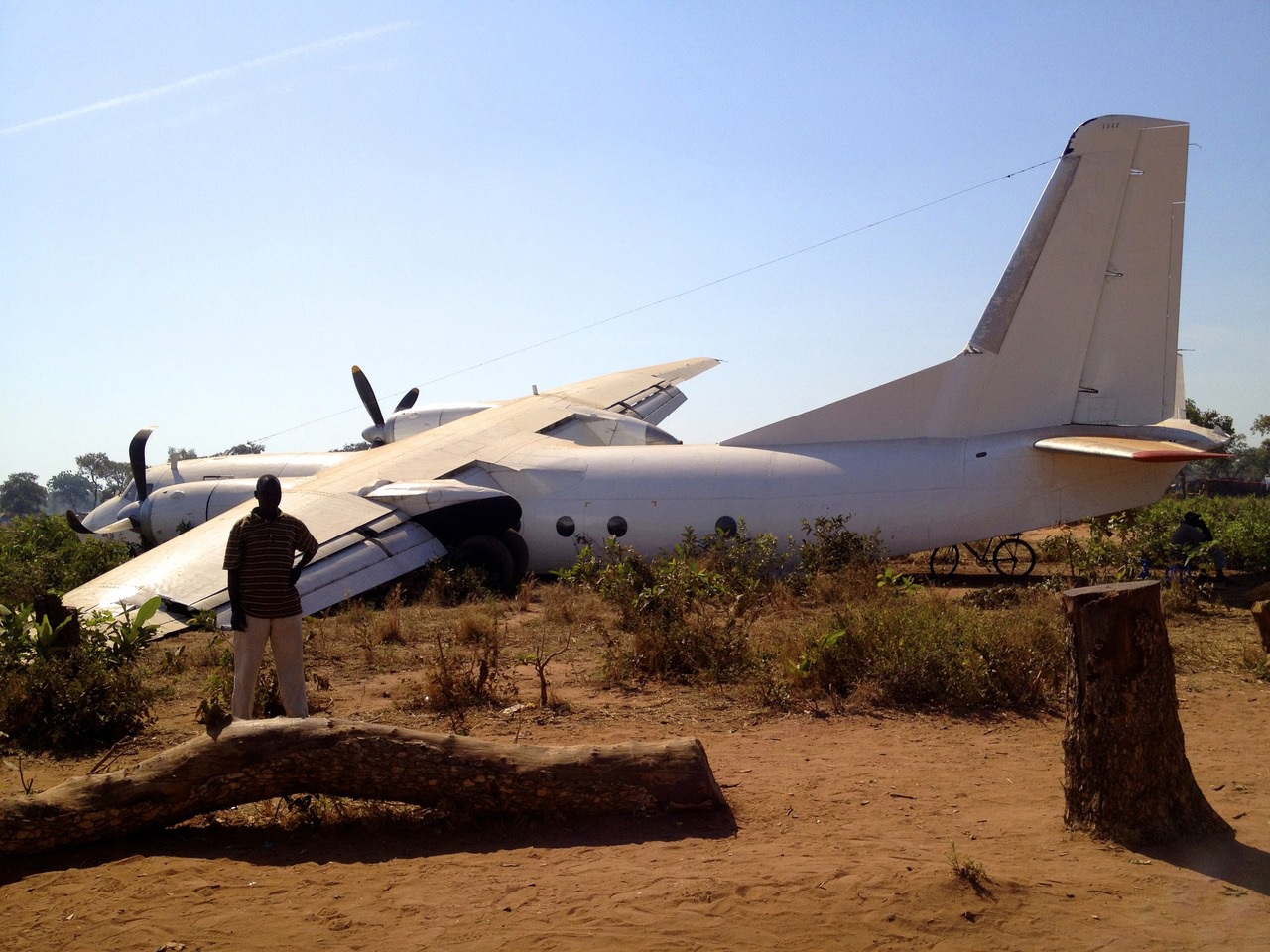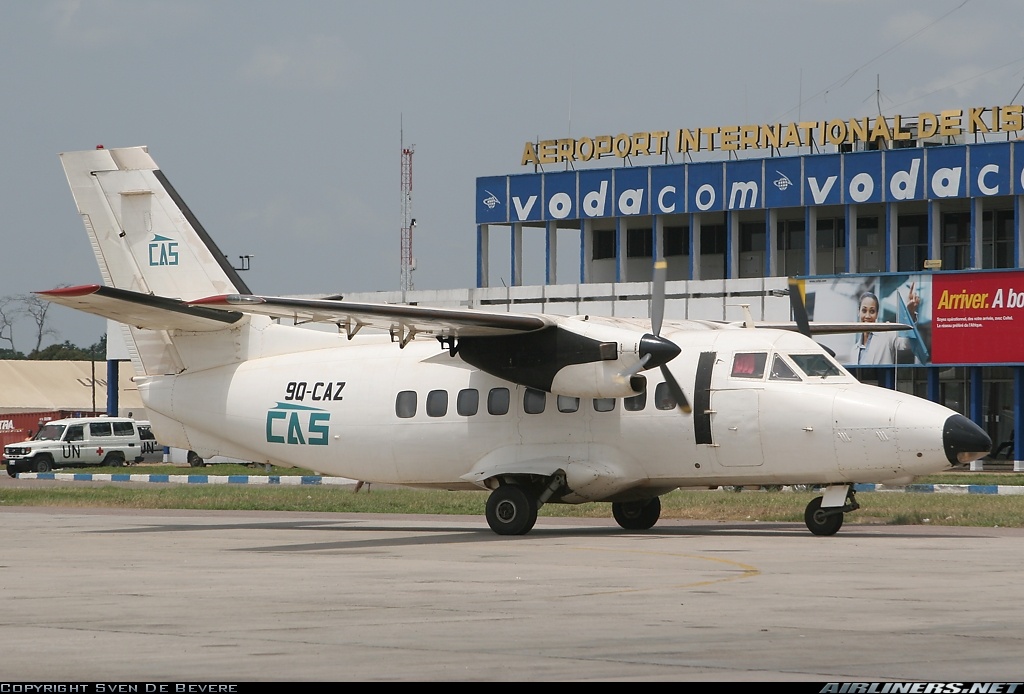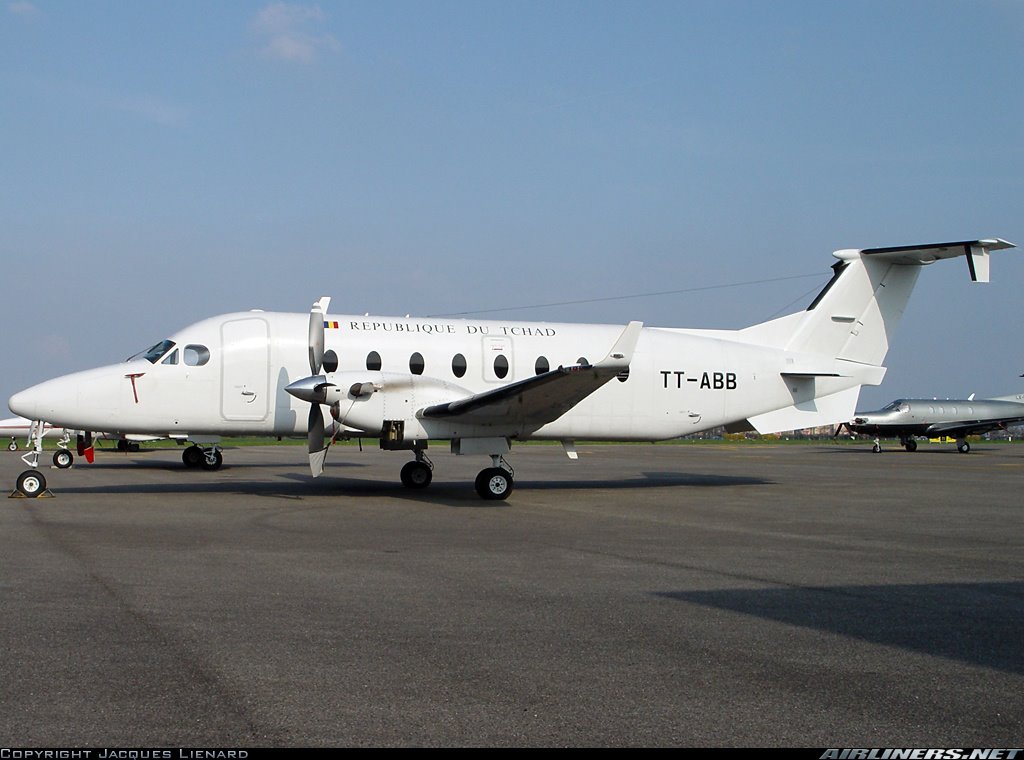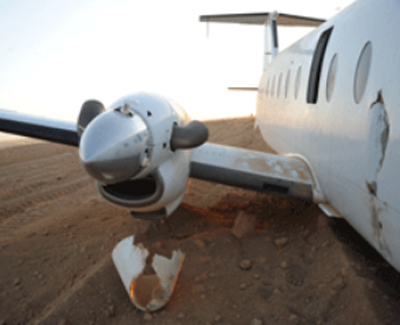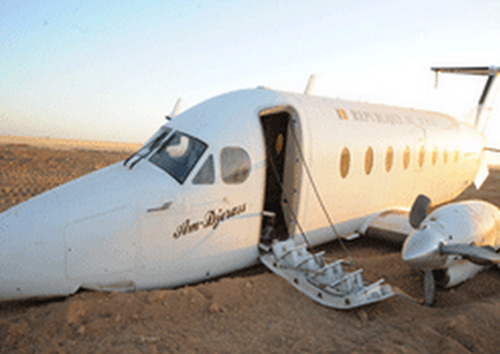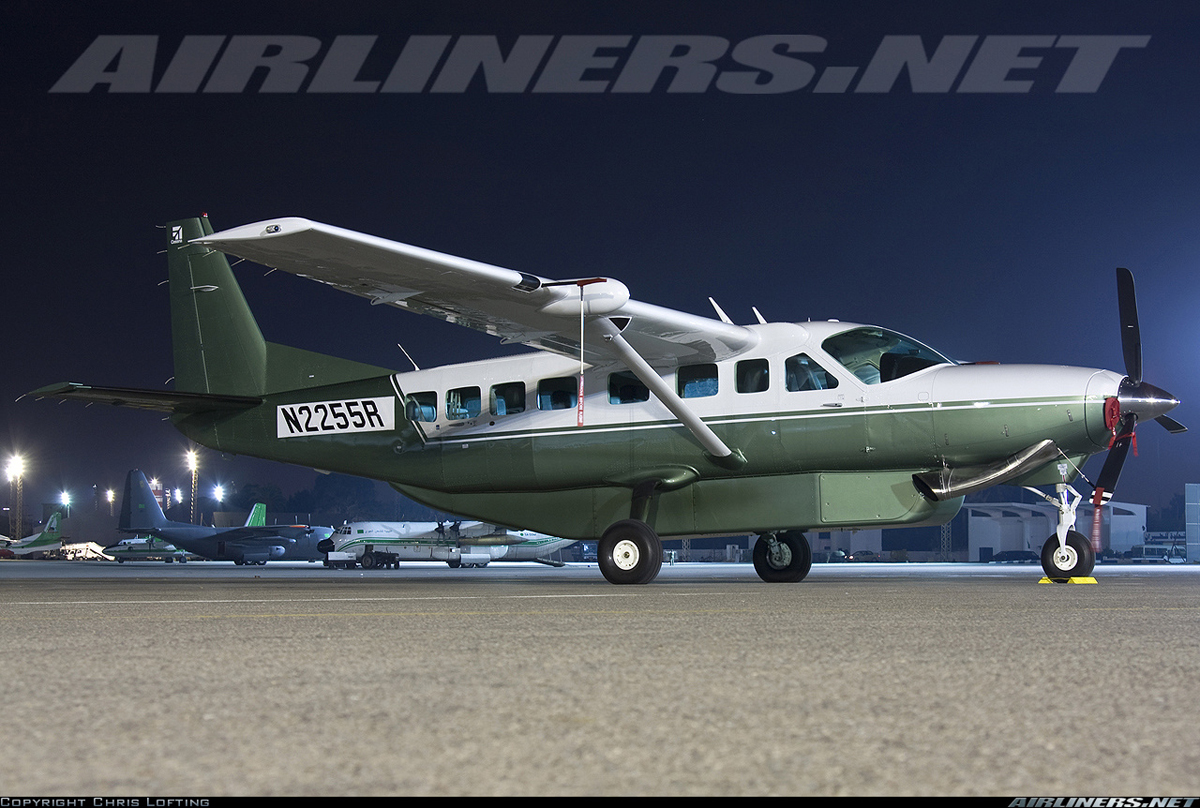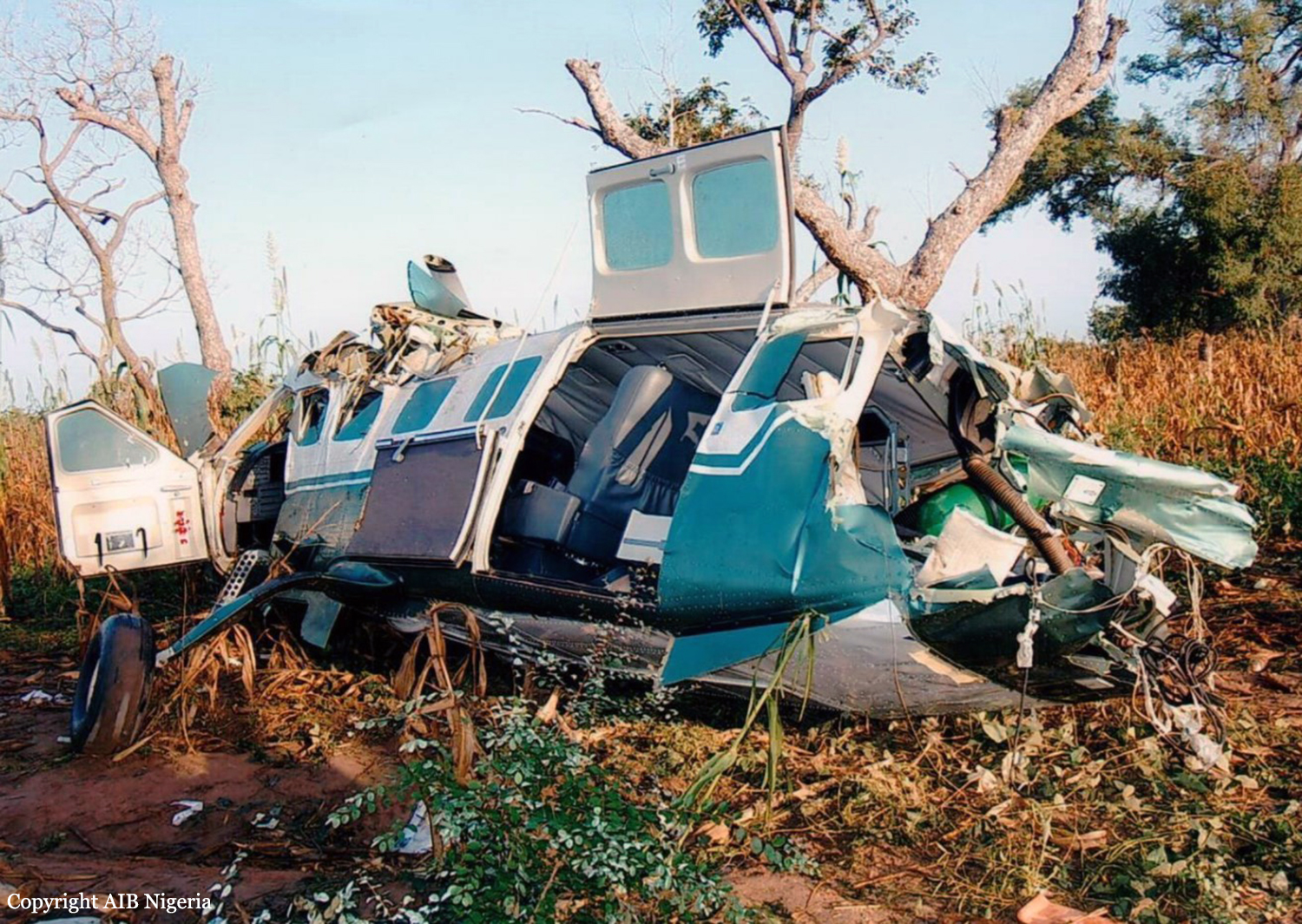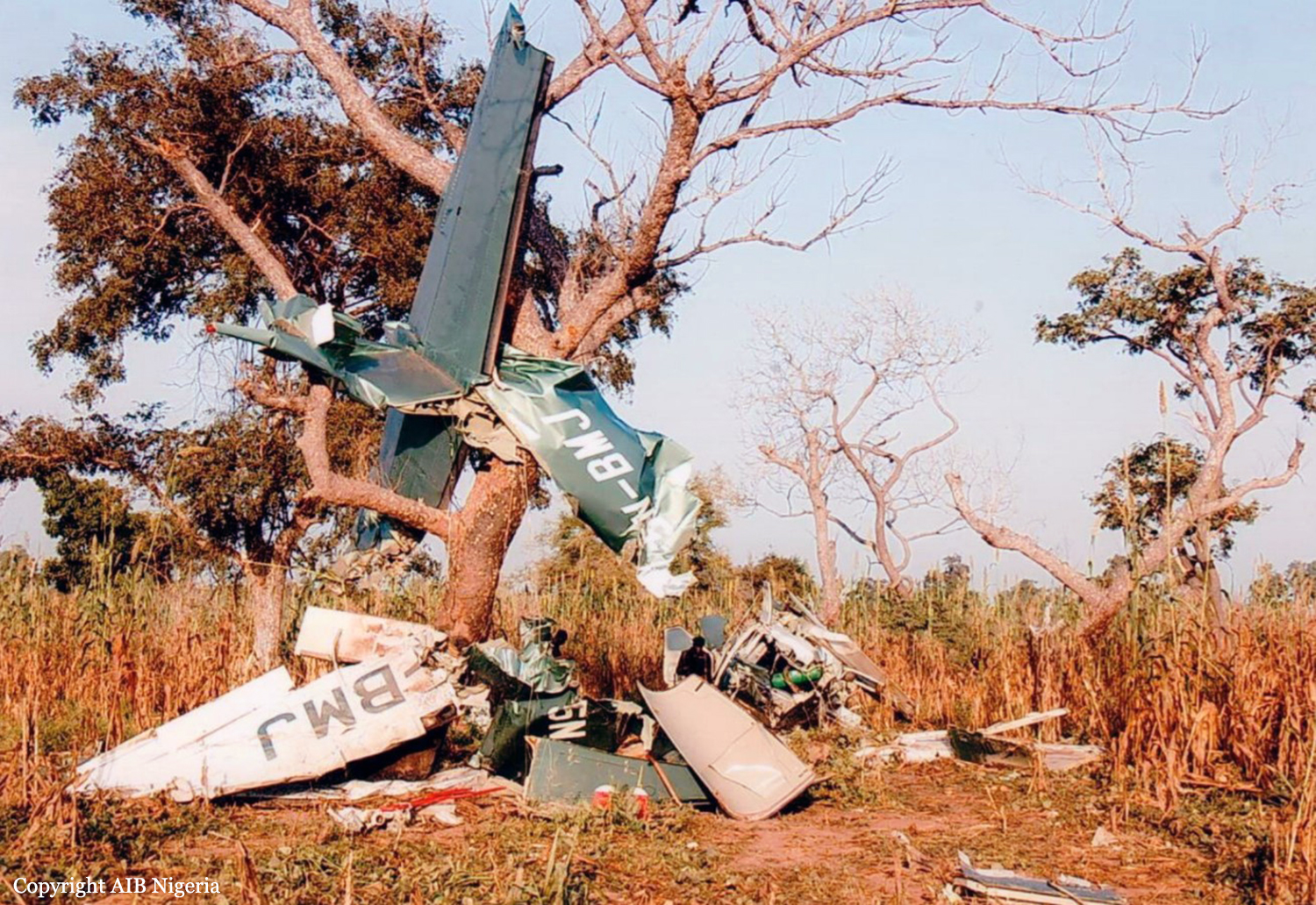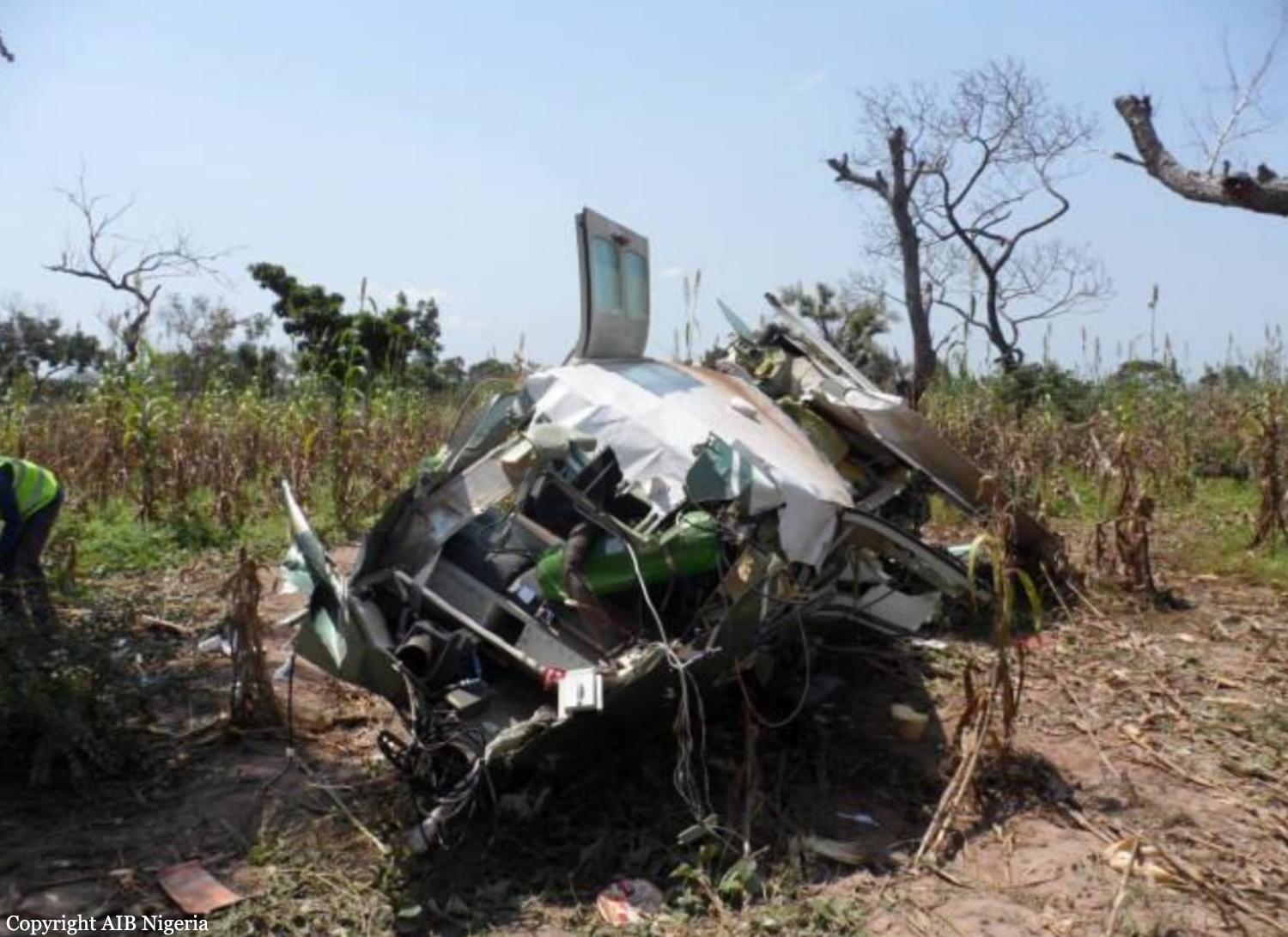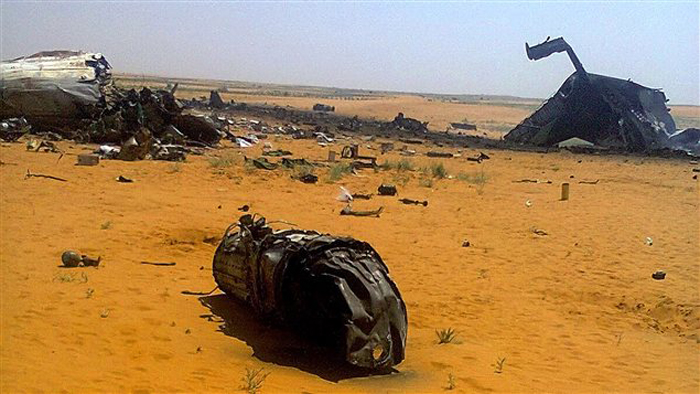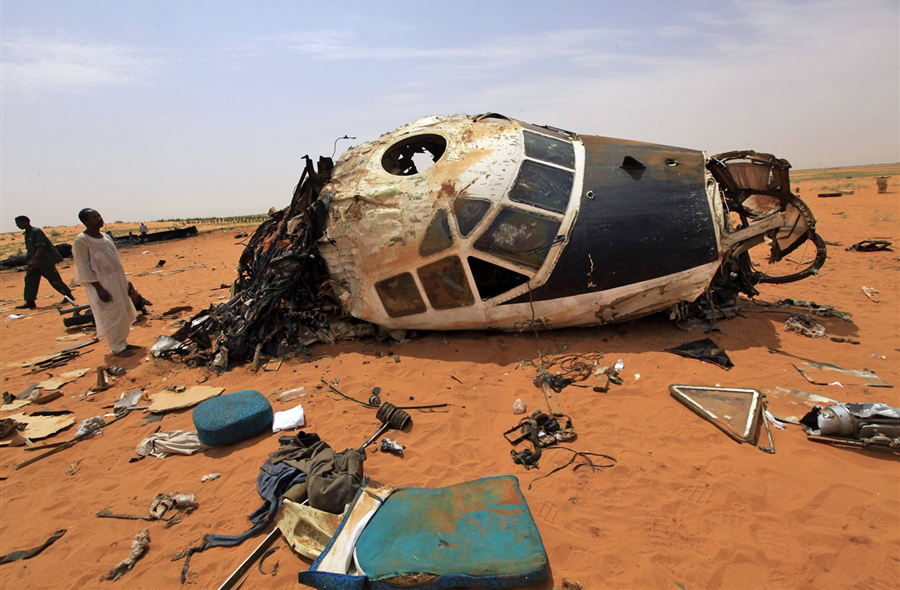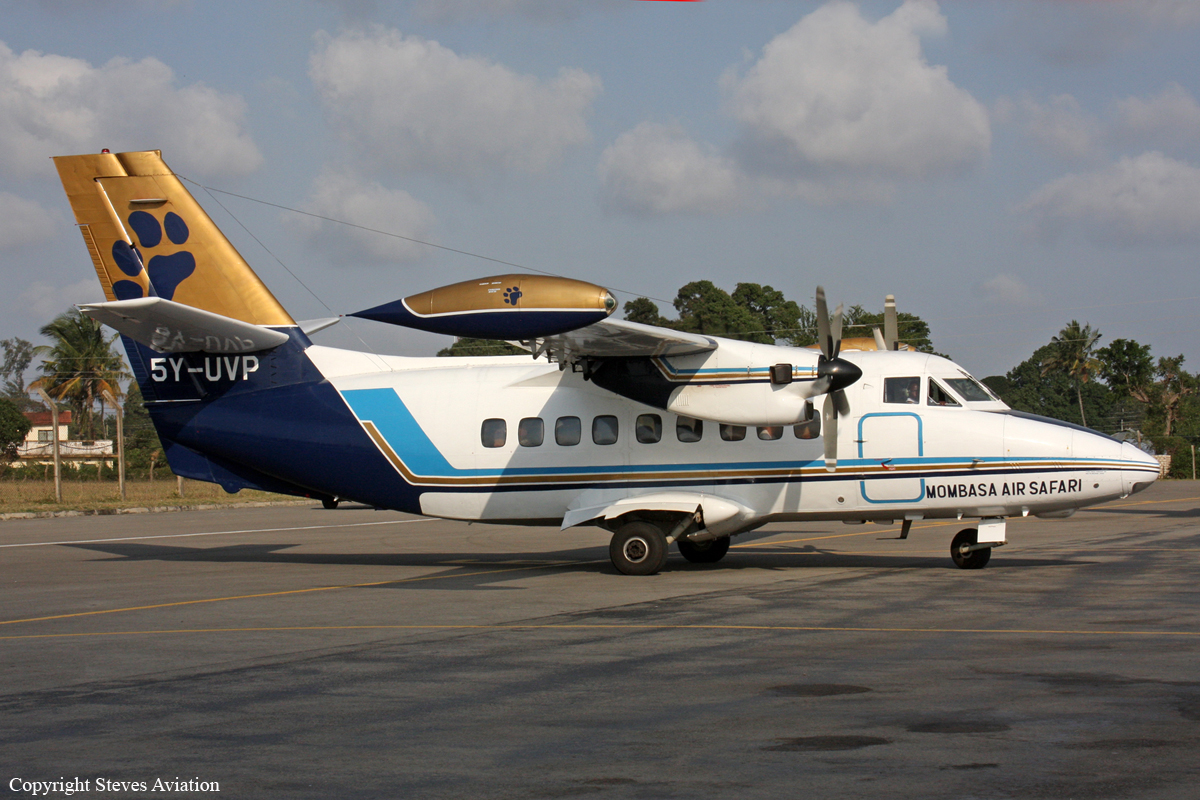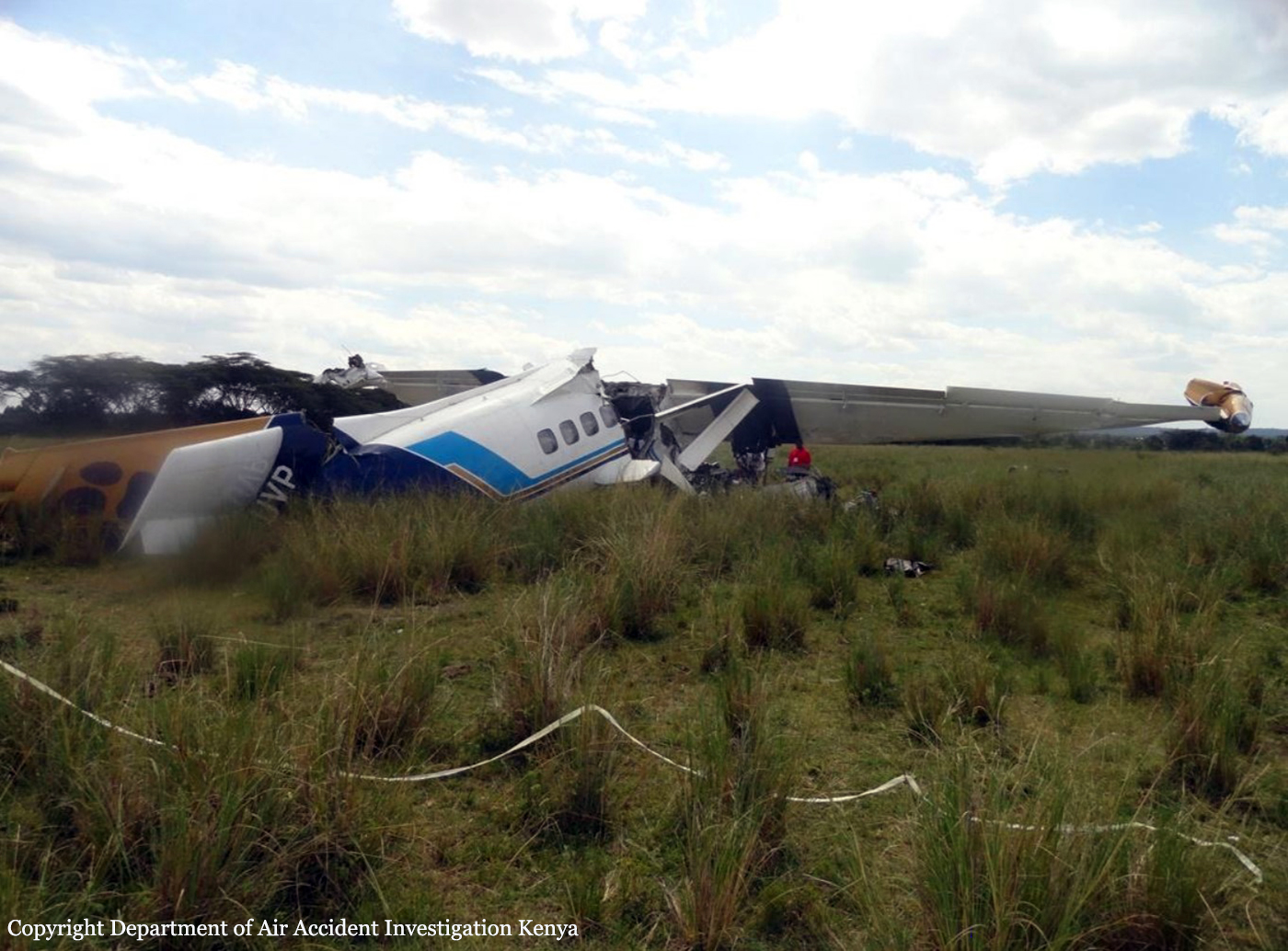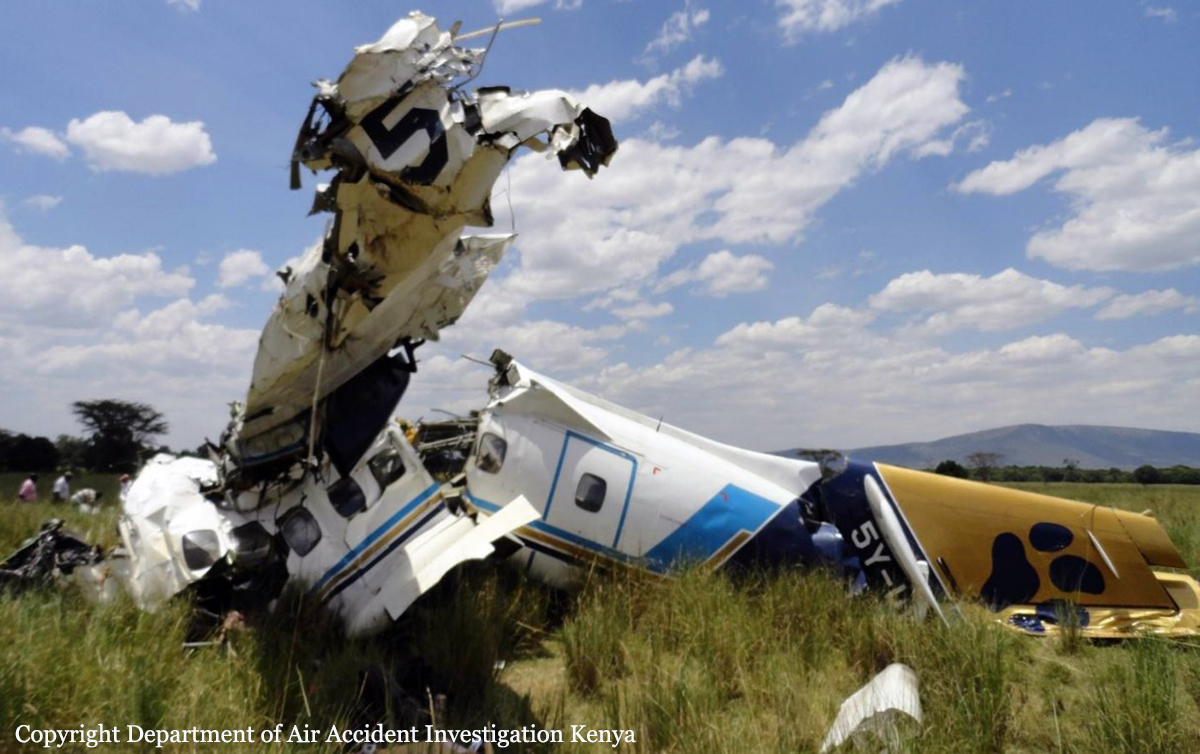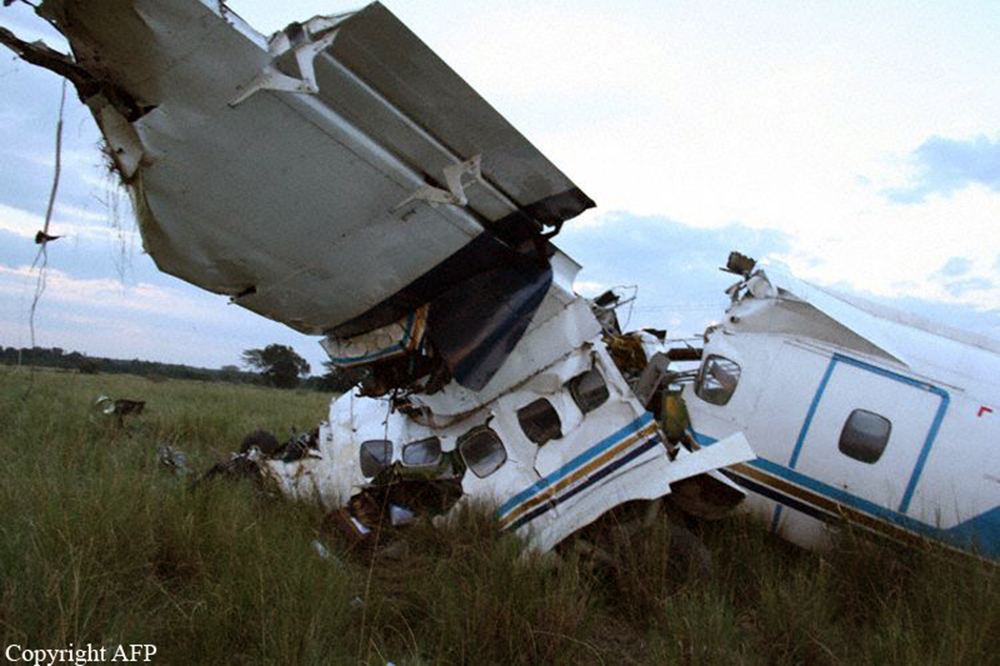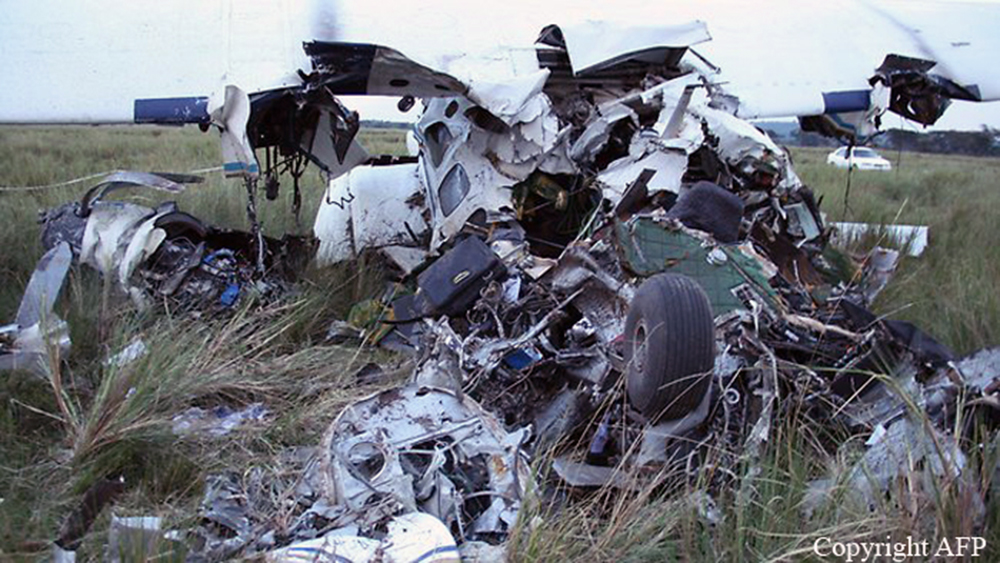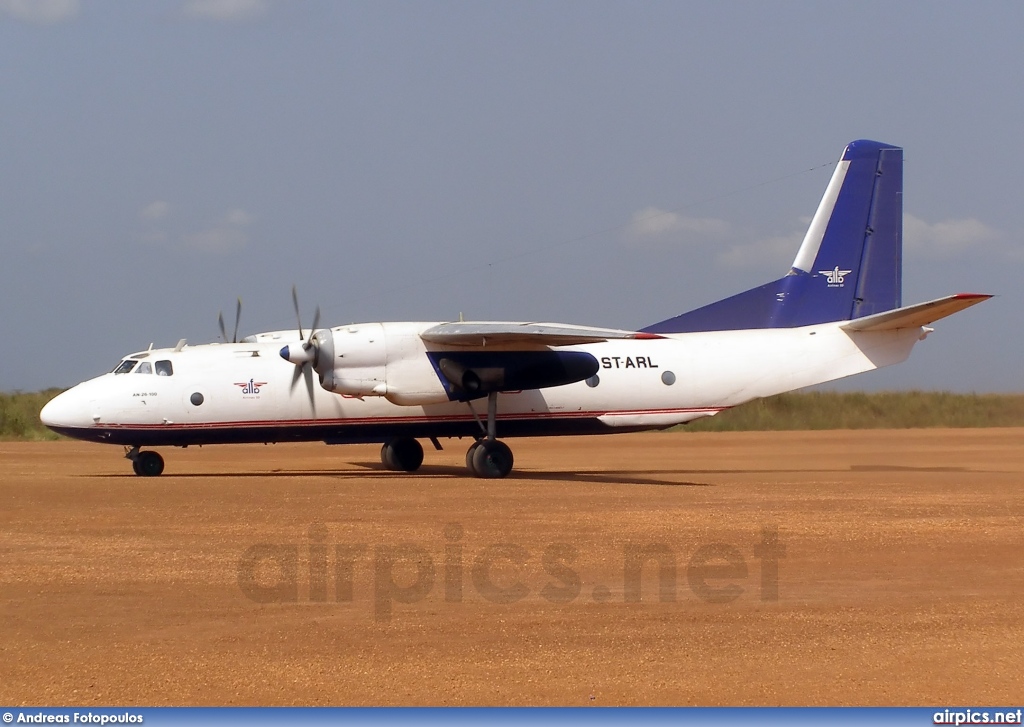Crash of an Embraer EMB-120ER Brasília off Moroni
Date & Time:
Nov 27, 2012 at 1329 LT
Registration:
D6-HUA
Survivors:
Yes
Schedule:
Moroni - Ouani
MSN:
120-149
YOM:
1989
Flight number:
INZ170
Crew on board:
4
Crew fatalities:
Pax on board:
25
Pax fatalities:
Other fatalities:
Total fatalities:
0
Captain / Total hours on type:
2000.00
Circumstances:
The aircraft was on its way from Moroni-Hahaya-Iconi-Prince Saïd Ibrahim Airport to the Ouani Airport located on the neighboring island of Anjouan. Shortly after take off from runway 20, while in initial climb, the captain informed ATC about technical problem and elected to return. He realized he could not make it so he attempted to ditch the aircraft some 200 metres off shore, about 5 km from the airport. All 29 occupants were rescued, among them five were slightly injured.
